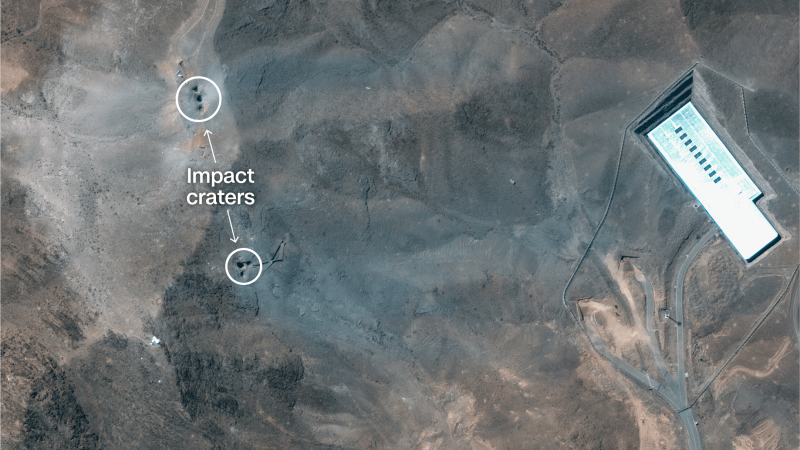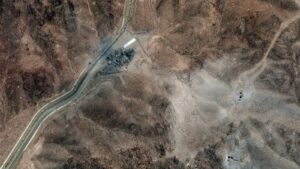
WASHINGTON, D.C. – In a dramatic escalation, US military forces launched a series of targeted strikes on Iran’s nuclear facilities over the weekend, aiming to dismantle critical components of the regime’s nuclear program. The operation, which involved warplanes, submarines, and cruise missiles, marks a significant shift from earlier diplomatic efforts.
Breaking: US Targets Iran’s Nuclear Sites
President Donald Trump, who initially pursued diplomatic channels, authorized the strikes late Saturday. The assault focused on three key locations: Fordow, Natanz, and Isfahan. Trump asserted that the facilities were “obliterated,” though Iranian officials have attempted to downplay the damage.
Satellite imagery has begun to reveal the extent of the destruction. Analysis shows significant impacts at these sites, raising questions about the future of Iran’s nuclear capabilities.
Immediate Impact on Fordow
Fordow, a critical nuclear enrichment facility, is strategically located deep within a mountain, making it one of the most fortified sites in Iran. The US deployed six B-2 bombers to drop 12 GBU-57 “bunker-busting” bombs, designed to penetrate deep underground.
Satellite images reveal six large craters at Fordow, indicating the use of bunker-busting bombs.
Rafael Grossi, head of the International Atomic Energy Agency (IAEA), confirmed a “direct kinetic impact” but noted it is too early to assess internal damage. Expert David Albright emphasized that the imagery suggests “considerable damage” to the enrichment hall.
Key Details Emerge from Natanz
Natanz, Iran’s largest nuclear enrichment center, was also targeted. This site had previously been hit by Israeli forces, damaging its electrical infrastructure. The US strikes involved two bunker-busting bombs and 30 TLAM cruise missiles.
New craters at Natanz measure approximately 5.5 meters and 3.2 meters in diameter, directly above underground facilities.
The extent of damage to the underground structures remains unclear, but the strikes have undoubtedly impacted the site’s operational capacity.
Destruction at Isfahan
Isfahan, home to Iran’s largest nuclear research complex, suffered extensive damage. Satellite images show at least 18 structures destroyed or partially destroyed, with significant blackening from debris.
Initial reports suggest the US targeted tunnel complexes storing enriched uranium, aiming to deplete Iran’s uranium stocks.
General Dan Caine confirmed that US submarines launched over a dozen Tomahawk missiles at Isfahan, targeting surface infrastructure.
Expert Analysis and Industry Response
Experts like N.R. Jenzen-Jones and David Albright highlight the precision and depth of the strikes, necessary for penetrating such fortified sites. The operation indicates a strategic effort to cripple Iran’s nuclear program.
Iranian leaders, however, have attempted to minimize the impact. Manan Raeisi described the damage as “superficial,” though experts caution against accepting these initial assessments.
What Comes Next?
The strikes represent a significant escalation in US-Iran tensions, with potential implications for regional stability. The international community watches closely as both nations navigate the aftermath.
As satellite imagery continues to provide new insights, the full impact of the strikes will become clearer. The global community awaits further developments, with diplomatic channels potentially reopening as tensions simmer.
Contributions to this report were made by CNN’s Isaac Ye, Avery Schmitz, Haley Britzky, and Kristen Holmes.






